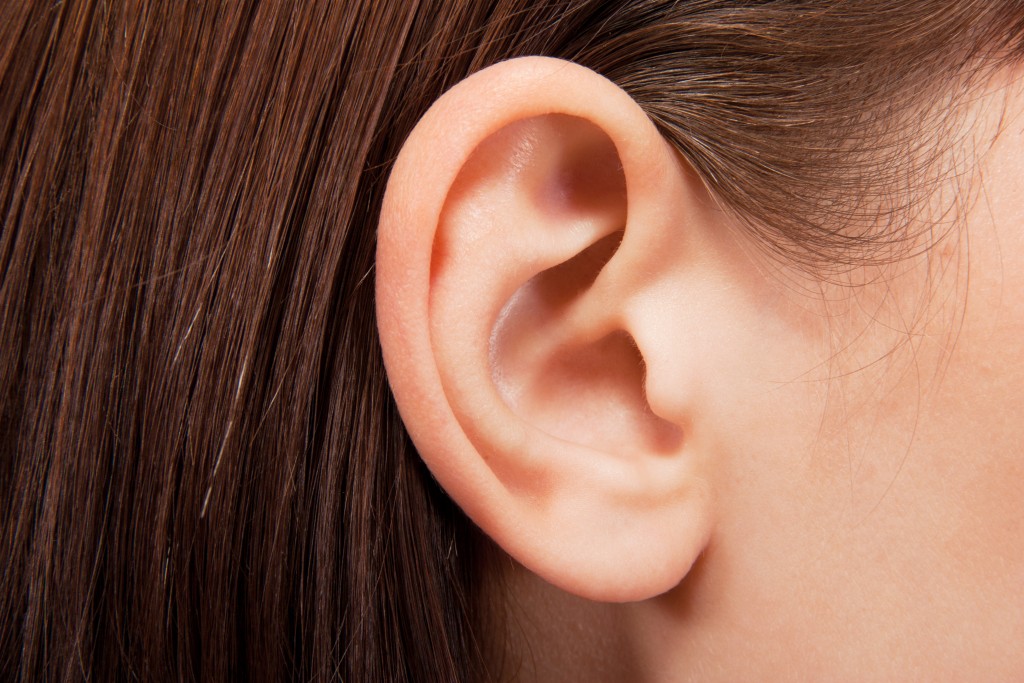Disclaimer: This website provides health information for educational purposes only and is not a substitute for professional medical advice, diagnosis, or treatment. Always seek the guidance of a qualified healthcare provider with any questions you may have.
While ears clogged with earwax seem disgusting, your ears need it to lubricate the skin of the auditory canal and protect it from irritation due to water. Earwax is also used to bring out dirt, dust, dead skin, and any other material of your ears. You should also know that in normal circumstances, the body does a good job of expelling the excess wax on its own.
Q-Tips and More Blockages
Earwax buildup is a common reason for a temporary hearing loss. If you try to clean it using Q-tips, you may unknowingly push the wax deeper, resulting in blockage. In fact, DIY removal tools like cotton swabs, pins, and other foreign objects contribute to creating a blockage. The same is also true if you constantly use earphones, which can inadvertently prevent the wax from coming out of the canals.
Safe Way to Clean Ears
If you need to clean your ears, an audiology center in Northumberland shares a few tips that can help:
- Wrap a clean damp cloth around your finger and wipe the surface of the ears (using circular motions).
- If you must use Q-tips, be sure to stick to the outer ears to remove dirt buildup and external debris.
- If you have earwax, you can use an over-the-counter eardrop to soften it. Follow the instructions on the package and be sure to call your doctor if symptoms persist after using.
Avoid the Consequences
When left unremoved, earwax buildup can cause an earache or tinnitus. You might also experience a sudden hearing loss (which is usually temporary) and a feeling of fullness in the affected ear. Seeing a doctor can help determine if the problem or the symptoms are just because of earwax or other medical condition.
If earwax production seems excessive or if another object is stuck in your ear, it’s best to consult your doctor instead of inserting other objects into the ear. You should also visit a hearing center for proactive checkups and maintenance or if you have a problem with your hearing.




